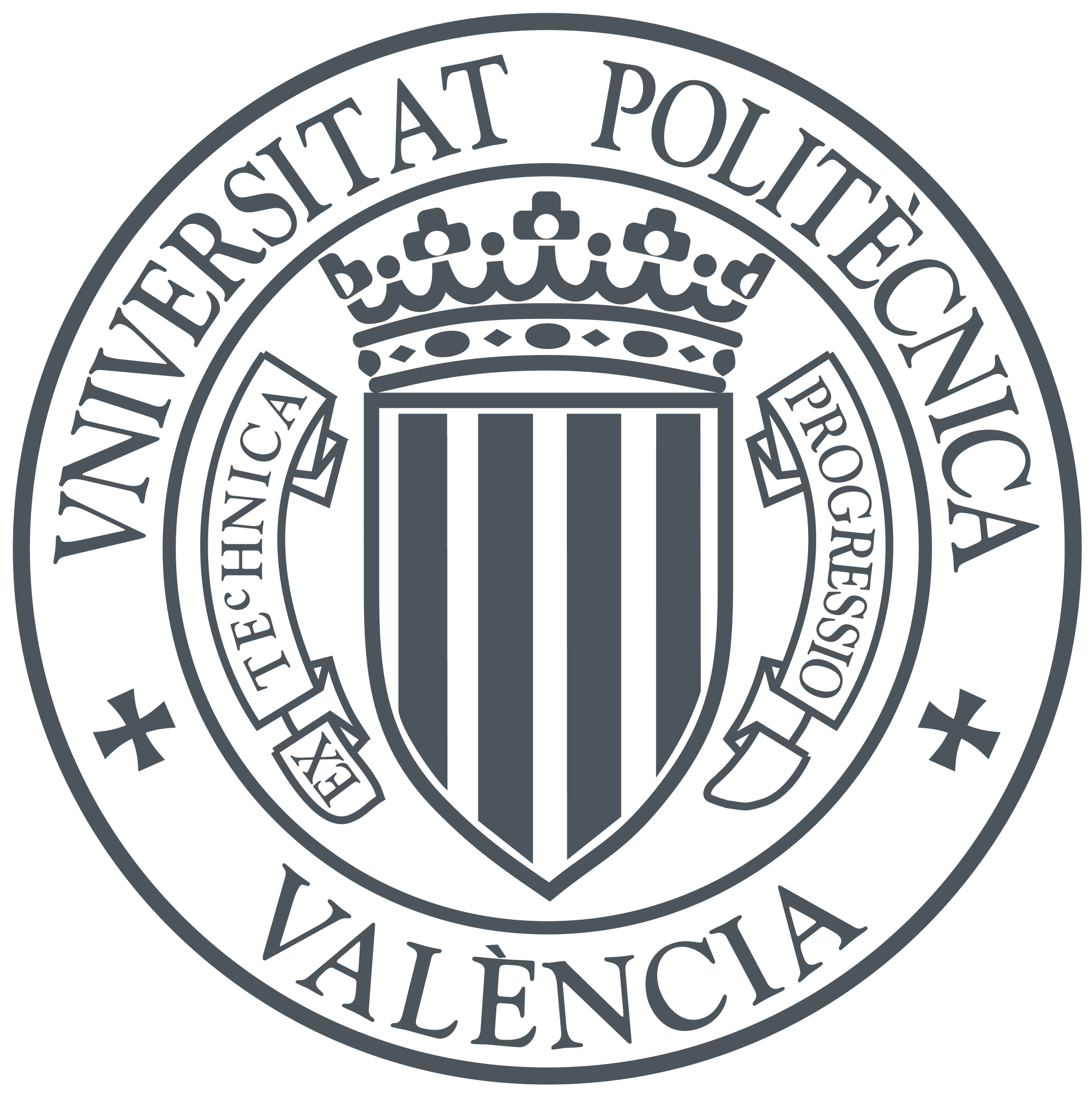Heritage is the full range of our inherited traditions, monuments, objects and culture.
Along the history of the human being, the essence of every period has been lost so the monuments are a great way to express the culture of a specific age in a monument or building that will least many years. Here´s when appears the term cultural identity; term that refers to the footprint of every culture or historic period.
In 1972 the UNESCO stablished a classification of cultural assets divided in: monuments (architecture, sculpture, painting, archeology…), sets (groups of constructions, integration with landscapes…) and places (works with universal value in history, ethnology, aesthetic…)

We need to preserve the heritage because of its cultural, artistic, historical, economic and social value that it has.
We canprotect it with:
Legislation: taking legal actions tutelaging and safeguarding those monuments
Inventorying: pocess of enumerating, locating and describing the assets of a specific extent
Cataloguing: historical study and economic valuation of a heritage resource

On the other hand we can protect them by interventions
1.Preservation: ensure the survival against external factors
2.Maintenance and repairing: puntual fixing of the damaged parts to keep the heritage as long as possible
3.Consolidation: reinforce the structure to give them stability and security
4.Renovation: direct interventions to recreate the lost initial value
5.Adaptation: turn heritage to useful things and adapt them to the modern architecture
6.Reconstruction: remaking an exact monument to keep its existence, usually done in cases where the building has disappear because of tragic events
7.Anastylosis: process where a ruined building is reconstructed with their original architectural elements
8.Repristination: returning a monument to its earlier state
